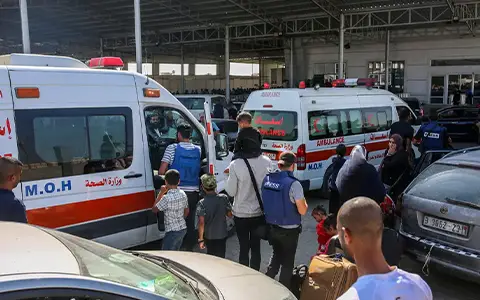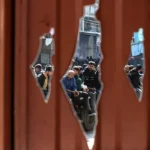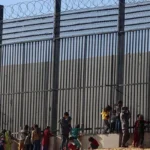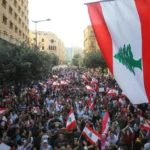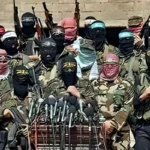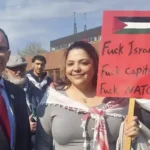Hamas, disguised as refugees, tried to evacuate wounded militants
The explanation offered the first window into the kinds of details that were being negotiated with the leadership of Hamas, even as Israel began a campaign of airstrikes in response to the slaughter of 1,400 people and the taking of more than 200 hostages by Hamas terrorists in attacks on Israel on Oct. 7 launched from Gaza. Hamas rules Gaza politically and also has an armed wing whose fighters are embedded within the enclave’s civilian population.
People holding dual, U.S. or other foreign citizenship repeatedly gathered at the gate, at Gaza’s southern border, starting shortly after Oct. 7. But for weeks, the Rafah crossing remained closed. For most of that time, American officials said only that Hamas was preventing the departure of foreign nationals, and that the group was making unreasonable demands.
On Friday, a senior administration official provided more detail about those demands, speaking with reporters on the condition of anonymity to discuss the sensitive negotiations. The official said that Hamas had repeatedly provided to Israel, the United States and Egypt lists of Palestinians who were wounded and should be allowed to depart with the Americans and others. But vetting showed that many of them, the official said, were Hamas fighters.
The official said that about a third of the wounded Palestinians on the first list were Hamas fighters and that allowing them to exit Gaza was unacceptable to officials in Egypt, the United States and Israel. The delays continued for some time, the official said, because Hamas kept offering lists that turned out to include its members.


